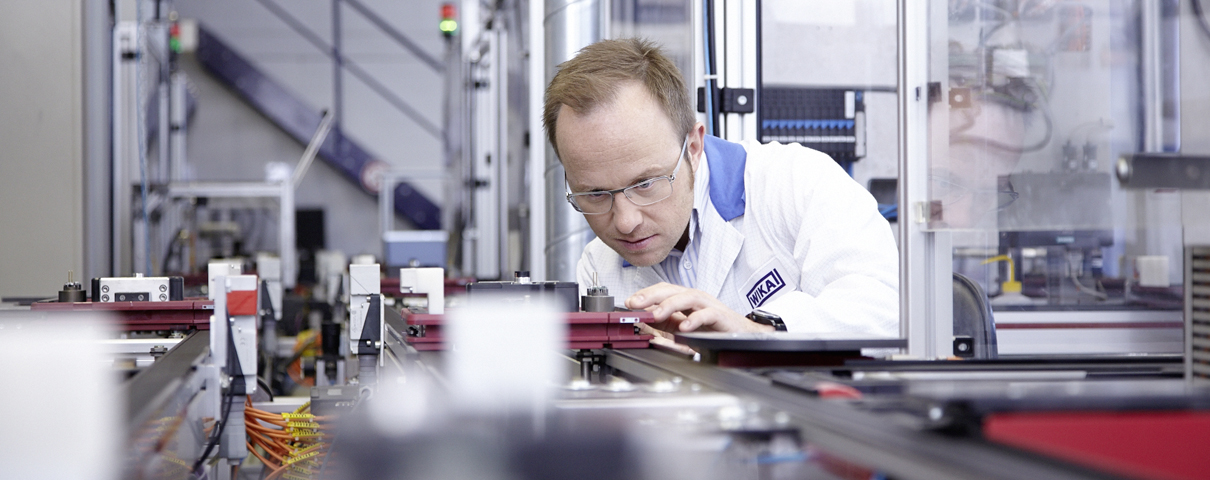
Decarbonisation poses a major challenge for the industry. “Carbon capture, utilisation & storage” (CCUS) is a method to reduce CO2 emissions that are harmful to the climate. It means separating carbon dioxide from the emissions and treating it to subsequently be used or stored in a permanent disposal site. This approach demands high standards from the measurement technology used.
CO2 is often and correctly seen as both a blessing and a curse. On the one hand, it is an important raw material used, for example, in agriculture, in the production of foodstuff or as a coolant. As a greenhouse gas, on the other hand, carbon dioxide is the main cause of climate change.
Changing to low-carbon or CO2-free technologies is difficult to impossible
A large part of CO2 emissions are caused by key industries such as energy, chemistry/petrochemistry, steel, aluminium, cement and pulp/paper. Climate change can hardly be stopped without significantly reducing this pollution. However, in many branches, especially in the process industry, a change to low-carbon or CO2-free technologies in the next decades is very difficult or not possible at all. In many processes, even by using fossil fuels, only a part of the pollutant emissions can be reduced, as there are CO2 emissions anyway due to the process. This applies, for example, in the steel and cement industry but also during waste treatment.
Separating the carbon from exhaust gases is paramount
For these industries (the so-called “hard-to-abate industries”) the only option for decarbonisation is “carbon capture” – in other words, extracting the CO2 from the emissions. This is mainly achieved by separating the carbon from the exhaust gases before it reaches the atmosphere, for example by using absorption, cryogen, and membrane processes. An alternative to this is “direct air capture”, that is filtering CO2 from the atmosphere. After the extraction process, the carbon dioxide is being highly purified. Then it can be used for the production of fertilisers, synthetic fibres, drinks (carbonic acid) and synthetic fuels, among other things. The carbon dioxide that does not enter the circular economy is pressed into geologic formations and permanently disposed of there.
Metrological challenges of CCUS
As a solution partner, WIKA supports companies with “carbon capture” by providing a specific portfolio of products and services. CCUS presents a number of metrological challenges: For example, because the aggregate phases of CO2 are close together during the process, the interaction of pressure, temperature and flow must be precisely controlled. WIKA offers the adequate sensing technology for every step in a CCUS process, from the extraction process to the handling of the highly purified CO2 to its transport.
Note
On the WIKA website, you will find an overview of other measurement solutions for the basic materials industry as well as the other sectors of the process industry. In the context of decarbonisation, we will also inform you about metrological methods for avoiding fugitive emissions. If you have any questions, your contact will gladly help you.
Also read our posts
Pressure measuring system against fugitive methane emissions
Avoiding fugitive emissions through prevention
WIKA develops pressure sensor for hydrogen-powered vehicles

